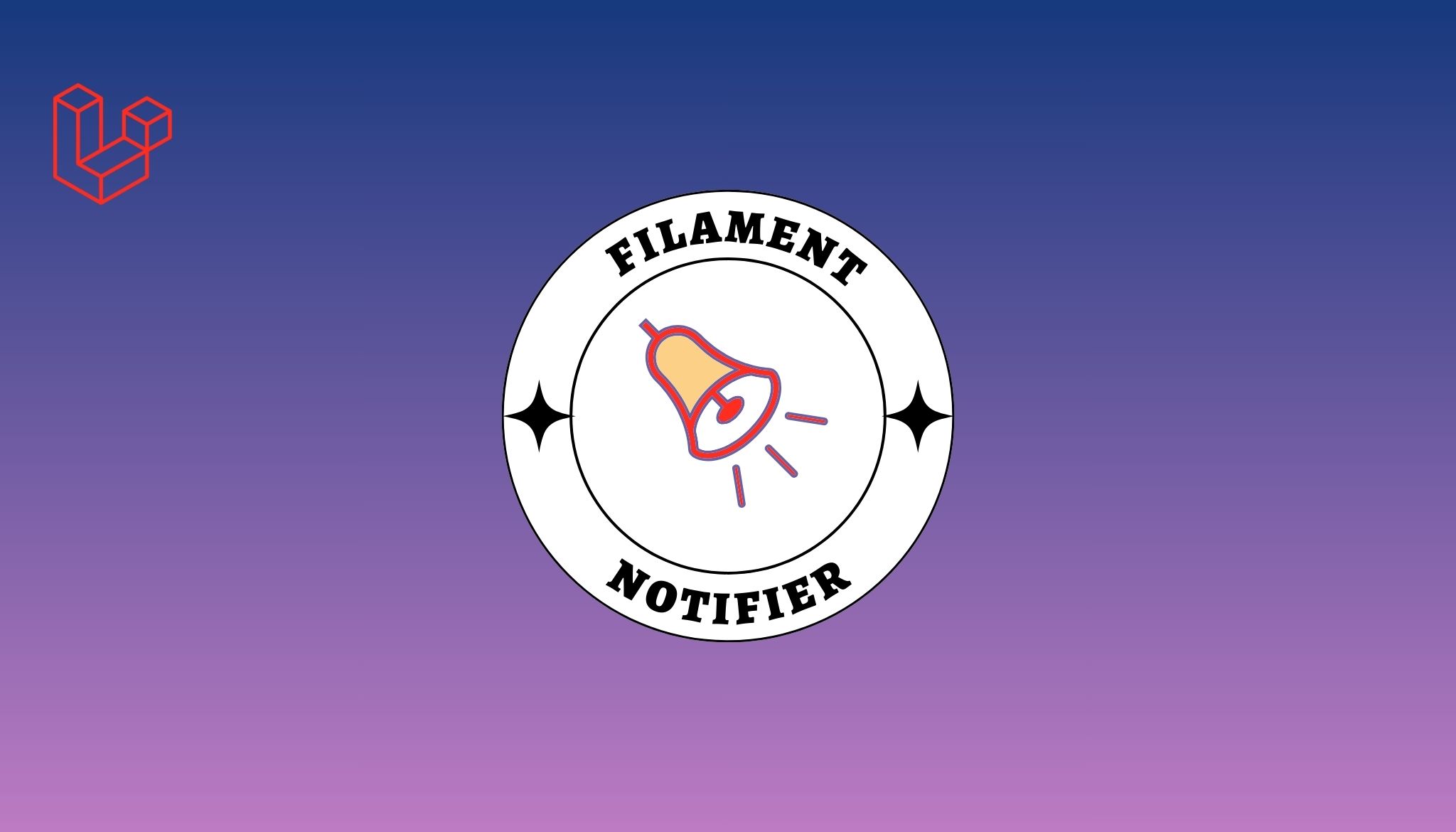Web 3.0 is, without a doubt, a peek at the future and its evolution. The most recent internet iteration uses machine learning, AI, and blockchain to facilitate genuine human-to-human interaction. The cherry on top is that in web 3.0, individuals have control over their data and will be rewarded for their online time.
What will be the primary features of Web 3.0?
Making the WWW a more knowledgeable and useful resource is driving the Web 3.0 initiative. Knowing these four primary pillars/features of it will help you comprehend the potential shifts that will occur as a result of its implementation:
1. Semantic Web:
With the help of the semantic web, computers may be able to decode human language and understand the meaning of data. As a direct result, people will have a more satisfying and enjoyable experience on the internet.
2. Machine learning and artificial intelligence:
Web 3.0 uses the Semantic Web and other natural language processing-based technologies to enable robots to grasp information on par with humans. Similarly, machine learning is a form of AI that uses data and algorithms to replicate human learning. It will use this to help it grow more accurately over time.
3. Connectivity:
When we talk about ubiquity, we refer to the capacity to simultaneously be present in several places. The internet as we know it, Web 2.0, or today's internet, is already present in every region. Consequently, Web 3.0 will further accelerate the progression of this trend by making the internet more accessible to a wider audience through the Internet of Things (IoT).
4. 3D Graphics:
Cutting-edge graphics technology will be deployed in Web 3.0, opening the path for an immersive, three-dimensional online experience. In addition to transforming industries as diverse as healthcare, retail, and real estate, 3D graphics promise to improve everyone's online experience.
What is the major difference between 2.0 and 3.0?
Following the first Web 1.0 of the 1990s and early 2000s, the terms "Web 2.0" and "Web 3.0" denote the World Wide Web's following and significant upgrades. 2.0 refers to the current version of the internet, sometimes known as "the web," whereas 3.0, the next evolutionary stage, is less well recognized at the moment.
 The next evolutionary stage comprises three new layers of technology: edge computing, decentralized data networks, and artificial intelligence. Web 2.0, on the other hand, was made possible by the rise of mobile, social, and cloud technologies. Web 3.0 is appealing because it is less centralized. Instead of using services run by big companies like Google, Apple, or Facebook, people will own and run their Internet sections.
The next evolutionary stage comprises three new layers of technology: edge computing, decentralized data networks, and artificial intelligence. Web 2.0, on the other hand, was made possible by the rise of mobile, social, and cloud technologies. Web 3.0 is appealing because it is less centralized. Instead of using services run by big companies like Google, Apple, or Facebook, people will own and run their Internet sections.
The Takeaway
Personalized search results, cross-platform development tools, and 3D visuals are just a few examples of how web 3.0's increased fairness and transparency in data utilization can benefit users. The web will become more interactive and immersive in the coming years. People will soon be able to secure their personal information online while still safeguarding their privacy.
In this next generation of the internet, users may expect a faster response time, enhanced intelligence, and a more personalized and enriching experience. The internet will be completely obsolete as we know it or use it now.



